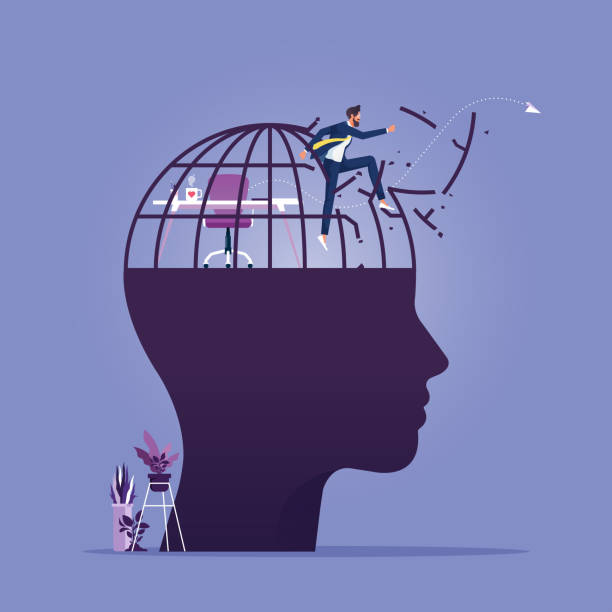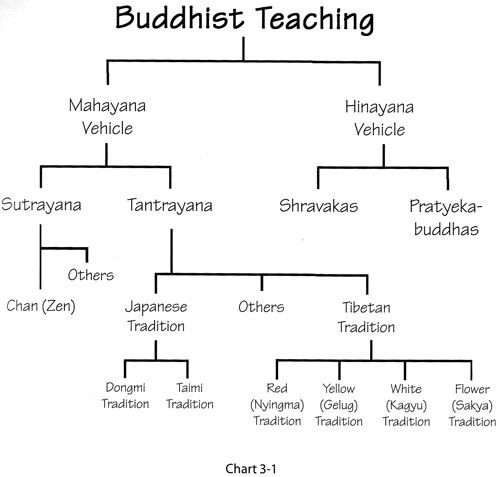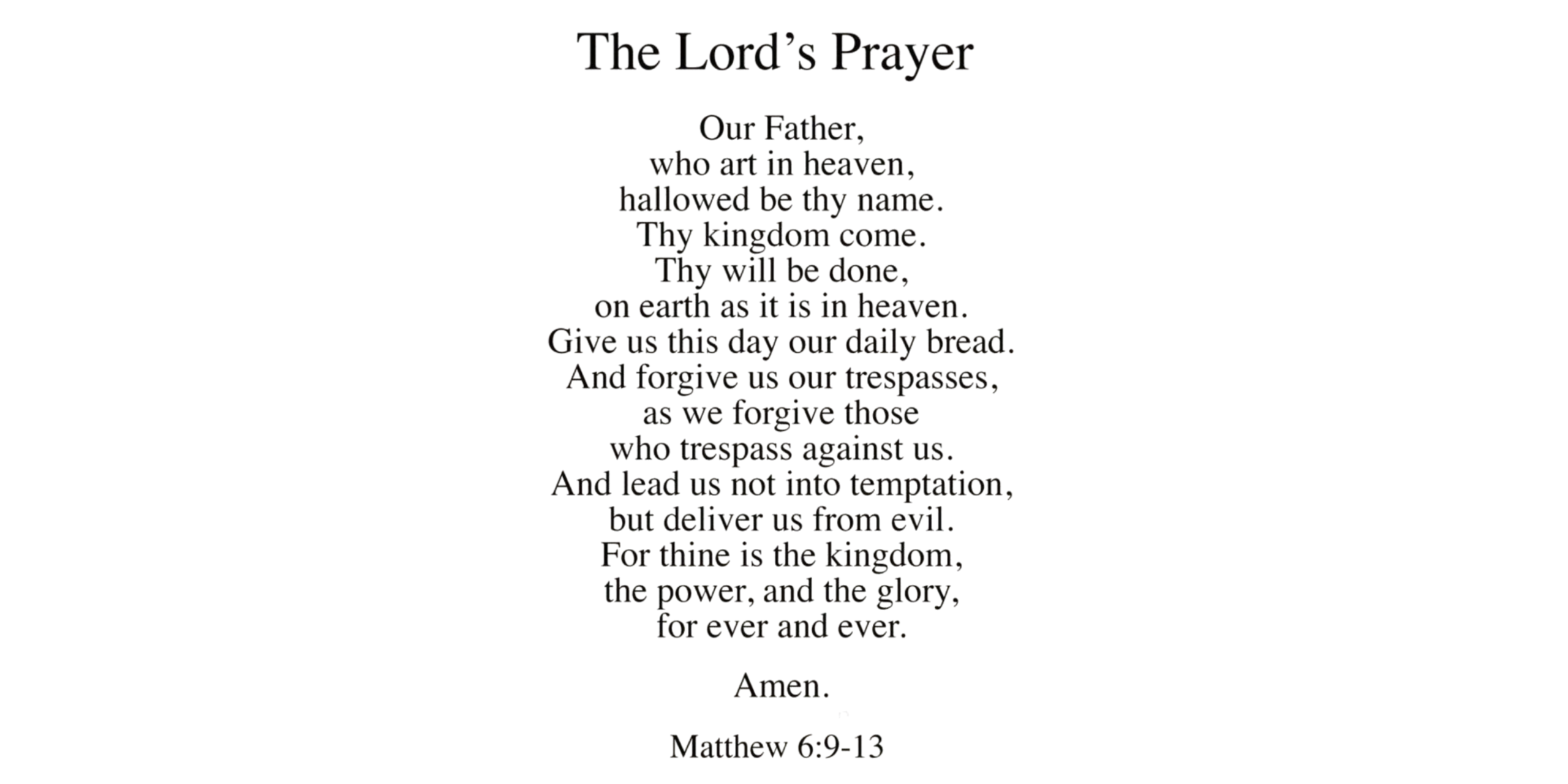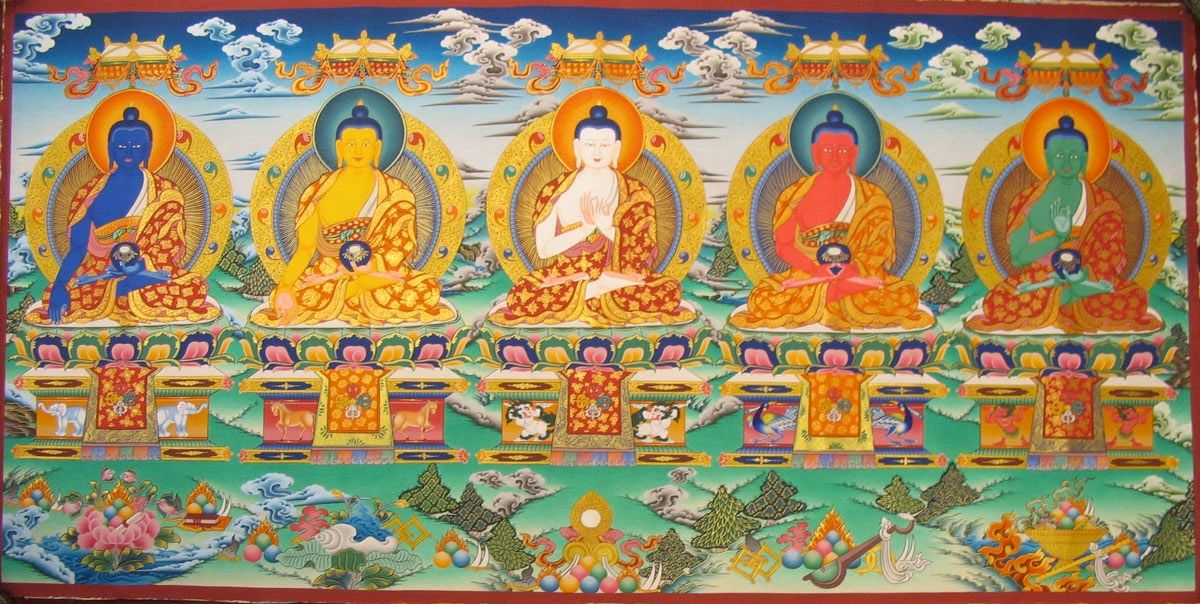Ever wondered why two people, looking at the same situation, can choose completely different paths? Why does one person see risk where another sees opportunity? It all comes down to something invisible, yet incredibly powerful – our belief system.
Our belief system is like the unseen hand behind the curtain shaping the way we interpret life, respond to challenges, and move through the world. It influences how we judge ourselves, how we relate to others, and how we see our own potential.
But what exactly is a belief system, and how does it carry so much weight? Let’s explore it.
Understanding the Belief System
A belief is not just a thought we have once. It’s a thought we’ve accepted as true – sometimes consciously, often unconsciously. Over time, as these beliefs gather and settle, they form our internal “truth map.” This map becomes the lens through which we view our lives.
We’re not born with beliefs. We inherit them. From the moment we’re born, we begin absorbing messages from our environment: what’s safe, what’s valuable, who we should be, and what we should avoid. Eventually, these messages turn into convictions.
Some beliefs empower us. Others limit us. And the most powerful ones? We don’t even realise we have them.
Where Do These Beliefs Come From?
We’re not born with beliefs. We collect them.
Here are a few key sources:
- Family and early caregivers: Our first blueprint for love, safety, and identity.
- Culture and society: Norms around success, failure, gender roles, and even happiness.
- Education and religion: Ideas around morality, authority, and purpose.
- Personal experiences: A single event can leave a lasting imprint for better or worse.
Beliefs are like layers some run deep, like “I must work hard to deserve love.” Others are surface-level, like “Coffee helps me focus.” The tricky part is, many of these beliefs operate in the background. We’re not always aware they’re calling the shots.
How Beliefs Shape Decision Making
The mind is efficient. It uses beliefs as shortcuts to make quick decisions. While this helps us avoid overwhelm, it can also cause us to act from auto-pilot rather than awareness.
Here’s how our beliefs quietly guide our choices:
1. They frame how we see the world
If you believe the world is unsafe, your choices will reflect caution. If you believe people are generally kind, you’ll be more open and trusting.
Two people can face the same scenario – say, a career opportunity abroad and react completely differently:
- One might see it as a bold adventure.
- The other might feel it’s too risky and choose to stay put.
The difference? Beliefs.
2. They influence how we define success or failure
Some people chase goals relentlessly, driven by a belief that success equals self-worth. Others might self-sabotage because they believe they don’t deserve good things.
Beliefs can act as internal ceilings. They determine how far we’re willing to reach, and when we decide it’s time to give up.
3. They affect emotional responses
Our reactions like anger, fear, sadness, joy are often tied to belief-driven interpretations. A friend not replying to your message could mean:
- “They’re ignoring me” (belief: I’m not important)
- “They must be busy” (belief: I’m secure in this connection)
Same event, different emotional outcome – based on belief.
4. They impact relationships and communication
Someone with the belief “I must avoid conflict to be loved” might suppress their needs. Another who believes “Vulnerability is strength” will likely communicate openly.
Beliefs dictate whether we speak up, stay silent, forgive, hold grudges, or walk away.
Tiny Belief Shifts That Lead to Big Life Changes
You don’t need to uproot your entire belief system in one go. Start small. Start where you are.
1. Notice the pattern
Is there an area of life where you feel stuck or triggered often? Ask yourself:
- What am I telling myself about this?
- Is that belief absolutely true?
Example:
You find yourself avoiding feedback.
Belief: “If I get criticised, it means I’m not good enough.”
New possibility: “Feedback helps me grow—it’s not a personal attack.”
2. Try micro-shifts in belief
You don’t have to jump from “I’m a failure” to “I’m amazing.”
Start with “I’m learning.”
Start with “I did my best today.”
Just like physical wellness thrives on small consistent habits, belief shifts thrive on gentle repetition.
3. Add small rituals to anchor your new beliefs
- Journaling: Write down a belief that’s holding you back. Rewrite it into something more balanced.
- Mindful pause: Ask yourself once a day—“Is this belief helping me or holding me?”
- Movement: Even a short walk can help reset a reactive mind and invite clarity.
4. Connect with others
We’re social beings. Beliefs get reinforced or softened through safe conversations, community, and reflection. Therapy, support groups, or even a wellness circle can help you see your patterns with kindness, not shame.
Conclusion: You Can Choose a New Story
The stories we tell ourselves shape the choices we make. And the stories often come from old beliefs that never got updated.
But here’s the truth: You don’t have to keep carrying a belief that no longer fits the person you’re becoming.
Beliefs are not fixed. They are flexible. They are not facts. They are filters. And you get to clean those filters anytime.
The path to lasting wellness is not just in doing more. It’s in believing differently. It’s in pausing before a choice and asking: “Is this belief mine? Is it kind? Is it useful?”
Wellness isn’t a destination. It’s a daily return to your inner compass. It’s about choosing presence over pressure, clarity over conditioning.
Small steps add up. You deserve to feel good – not just ‘get by.’
At Masi Wellness, we gently guide you back to your own wisdom – through mindful resources, community practices, and space for self-reflection with sustainable support.







